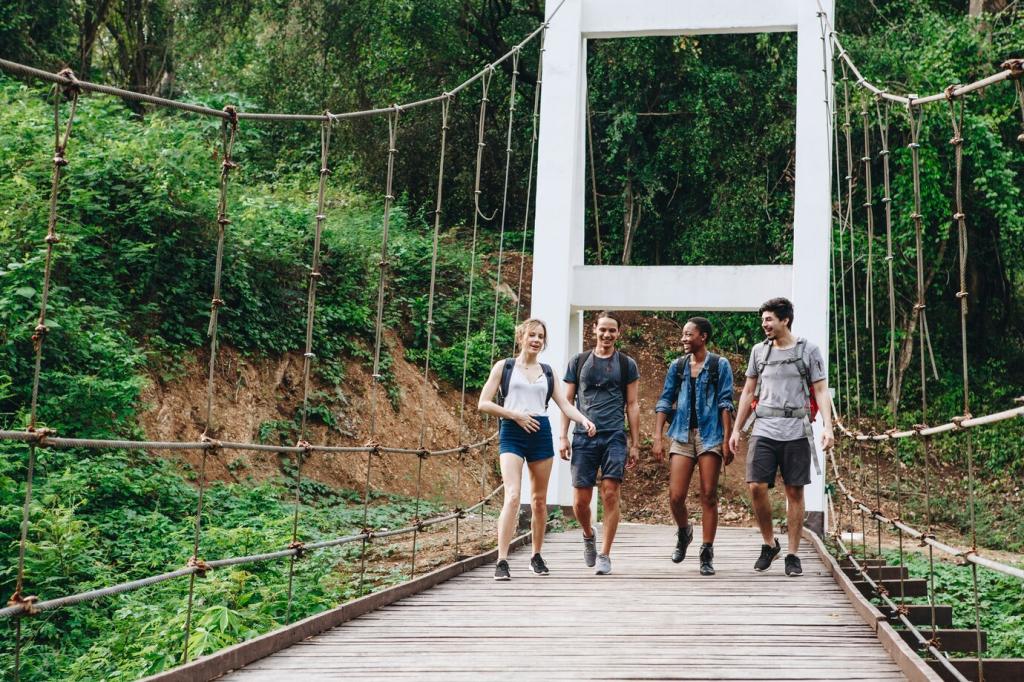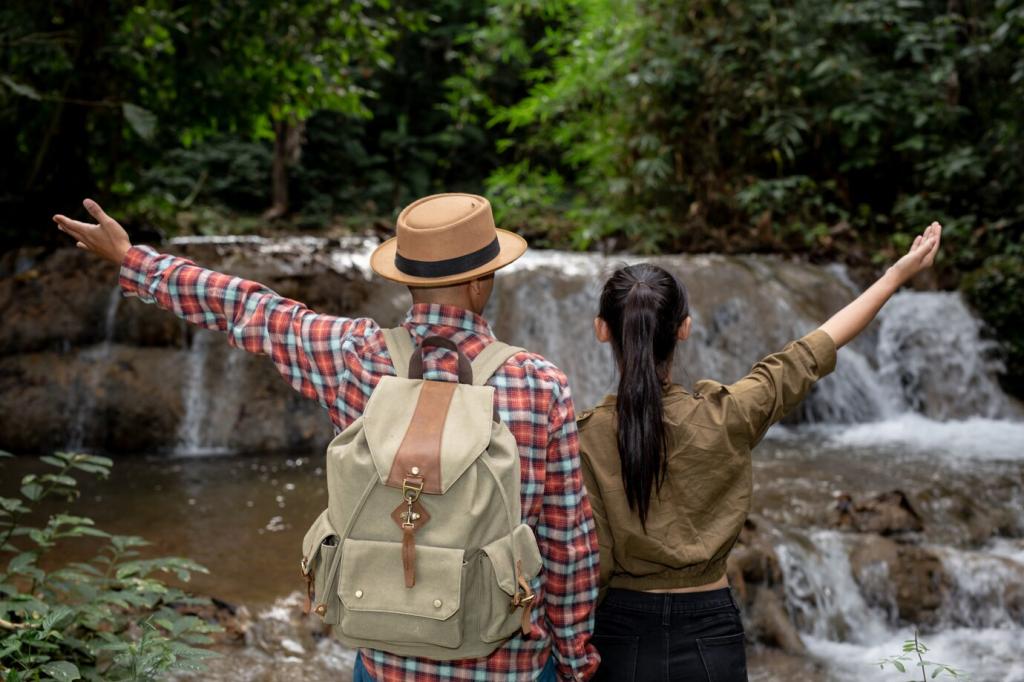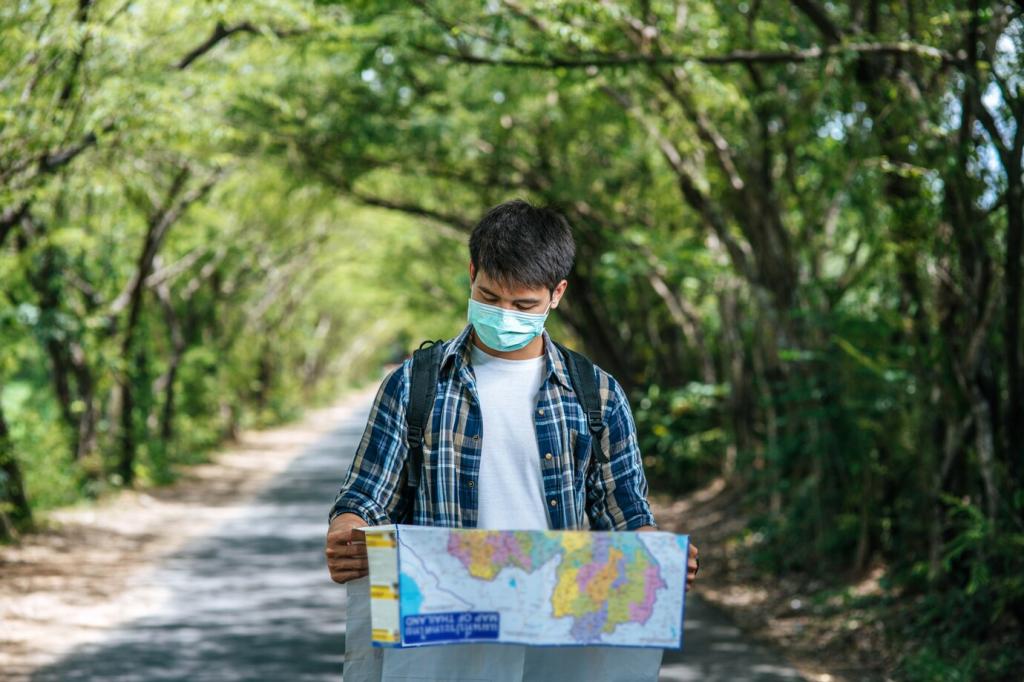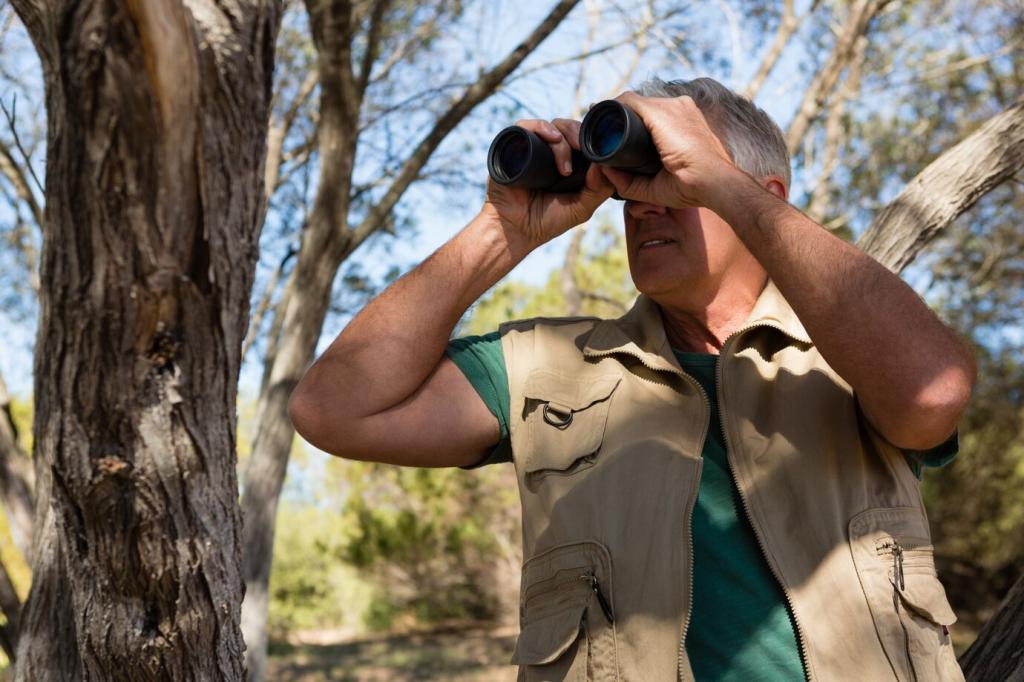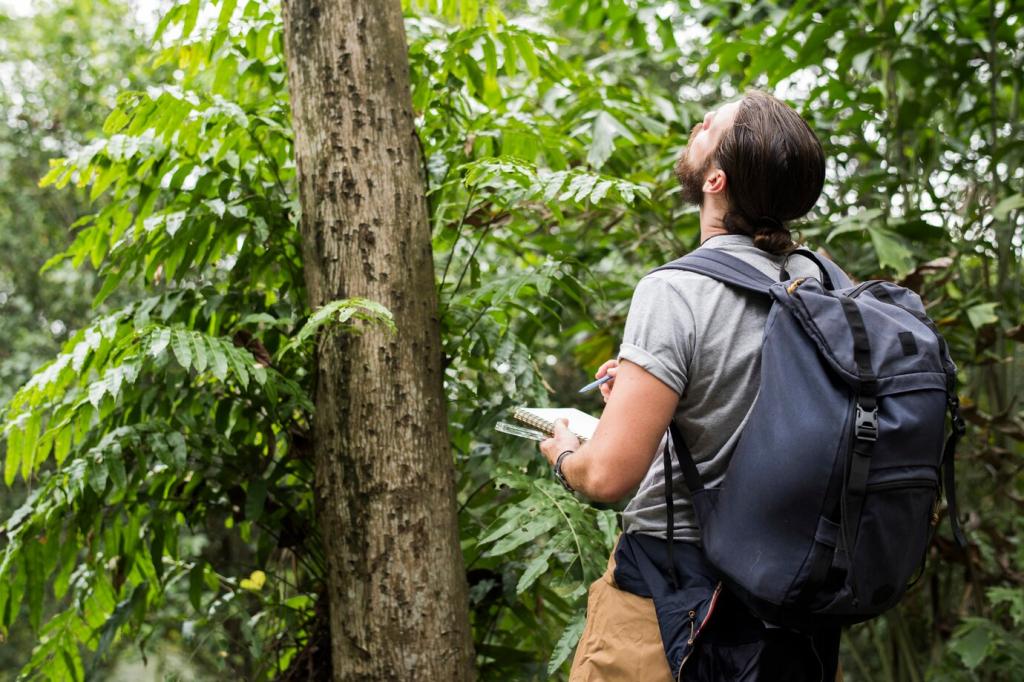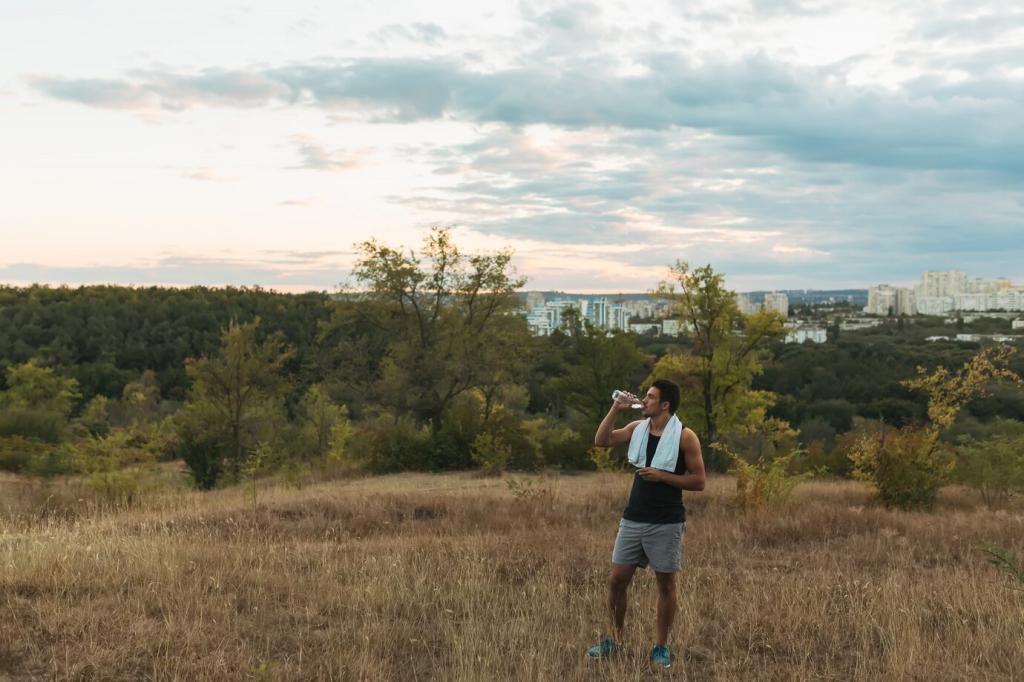Community-Centered Conservation Travel
Choose experiences co-created with residents. Listen to stories about sacred groves, fishing limits, and family traditions shaped by migration patterns. When communities set rules, wildlife gains allies for life, and travelers deepen understanding beyond surface-level spectacle.
Community-Centered Conservation Travel
Ask where your money goes. Fair wages, scholarships for youth rangers, and equipment for field patrols signal healthy models. Buying locally made goods and booking locally owned lodges ensure your presence funds conservation, not just convenience.

